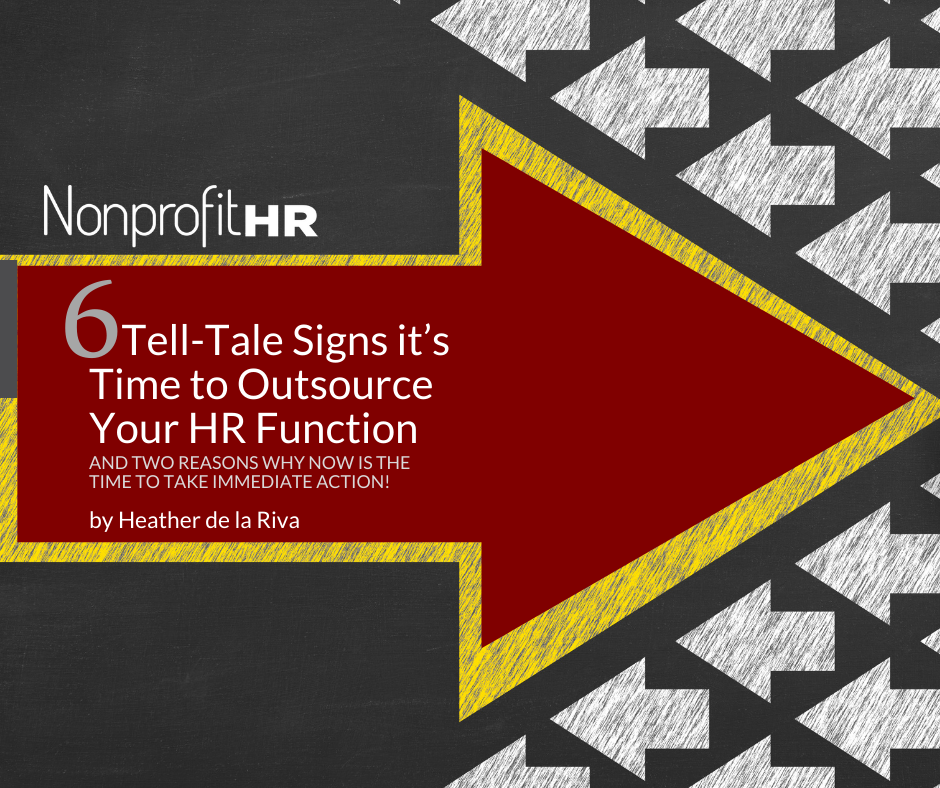WTOP: 5 ways nonprofits can…
Randie Reilly is the principal at Merzad Consulting, an organization whose mission is to help small business and nonprofits improve their performance by aligning their unique culture and strategic priorities. Merzad Consulting will be speaking at the Nonprofit Talent & Culture Summit in April 2016. For more information on the organization’s presentation and the Summit, visit the Merzad Consulting speaker page here.
Creating a Positive Work Environment
Imagine a job where you get to wake up energized, knowing that you are walking into a place where there is camaraderie and a collective desire to achieve. Not only that, but you get to do what you do best and feel free to offer your ideas as well as constructive feedback.
At a recent workshop, we asked participants if they had ever worked in such a place. A few raised their hands. However, without exception, everyone had experienced the ‘siloed workplace’, where everyone stays to their part of the plan and people don’t share information or help each other. Meetings are not very productive. People are given assignments that don’t play to their strengths and they are put in positions outside of their comfort zone with no support. What’s the difference in these two scenarios? Culture, the fabric that holds the organization together, the values, systems and behaviors that guide how people interact and drive performance. You could have the same people with the same mission, but with very different outcomes.
Many leaders are in a quandary as to how to improve performance, i.e. productivity, profitability and retention. As a result, they start with the visible elements like tasks, roles and structure, but most don’t address the root of the issue: culture. This is precisely why culture was named the top issue of 2015 for HR leaders by Deloitte.
Your Organization and its Culture
Why is culture important? Because culture is the path to realizing the business goals many leaders and organizations strive for by addressing the needs and motivations of their employees. So, what do employees need?
- Trust – Transparency and integrity as well as clarity around expectations.
- Self-Knowledge – An awareness of their strengths and the best roles they can play in the overall success of the organization.
- Communication and feedback – Constructive communication and real time feedback habits that connects them to the overall vision and create a sense of community.
- Innovation – The opportunity for bringing new ideas and continuous learning.
- Alignment – Consistency across organizational goals and practices.
Employees need to see commitment to their development and well-being from the organization and its leaders in order to fully commit to the success of the organization. According to Gallup, the most predictive indicator of engagement is agreement with the statement, “At work I have the opportunity to do what I do best every day.” Leaders who recognize the wisdom and business imperative of addressing the needs of their employees, as well as the organization’s culture, see the benefits in measurable ways: less absenteeism, higher customer loyalty, more engaged employees and more innovation. Culture matters.





























